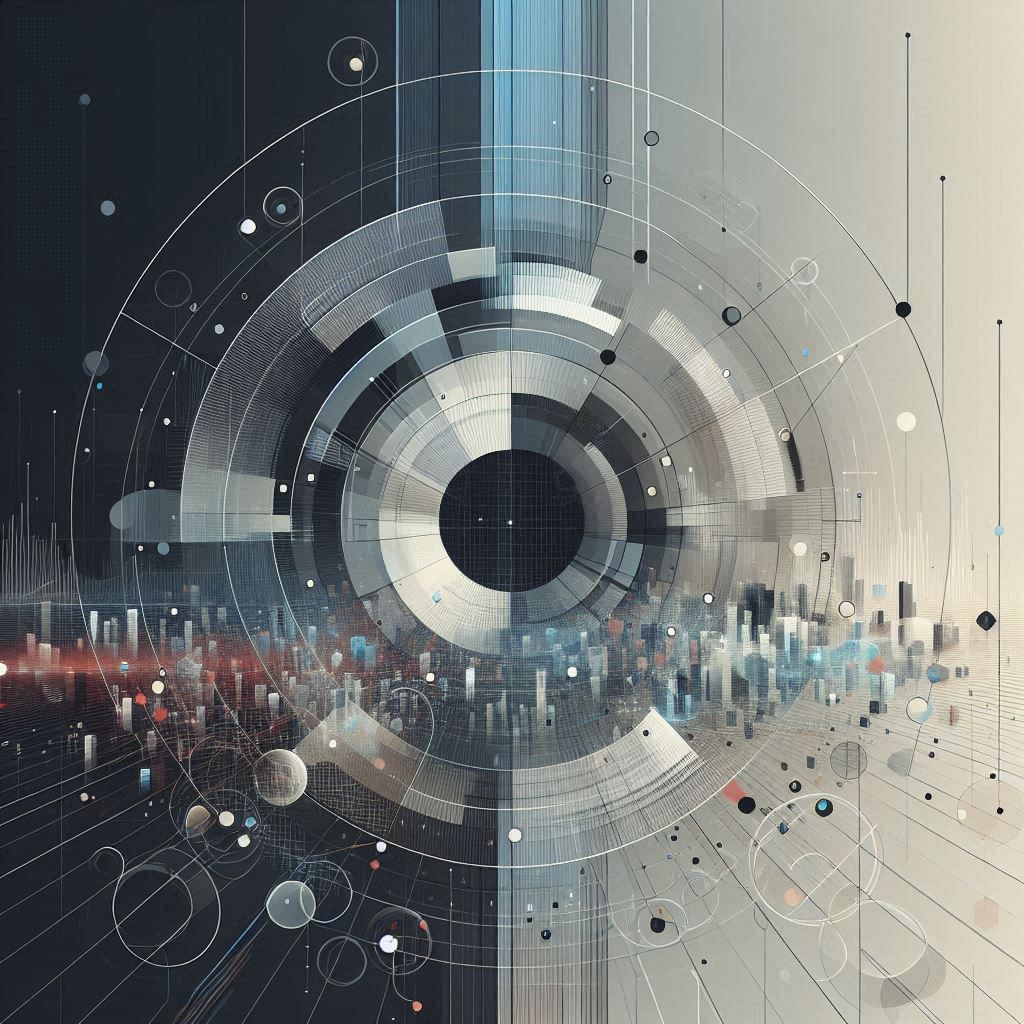
This research introduces p-QIGA, a quantum-inspired genetic algorithm that combines superposition and entanglement principles to achieve robust source separation in complex urban soundscapes, outperforming traditional methods with limited training data and enhancing smart city applications like noise pollution monitoring.
Imagine standing on a bustling city street. 🚦 Cars honk, pedestrians chatter, construction drills roar, and distant sirens wail. For smart cities, understanding these overlapping sounds—acoustic scene analysis —is key to improving urban life. It helps in monitoring noise pollution, detecting emergencies, or even optimizing traffic flow. But separating these tangled sounds into individual sources (like isolating a car horn from background chatter) is a massive challenge. Traditional methods struggle with noise, limited data, and sounds that overlap in frequency. Enter p-QIGA, a quantum-inspired algorithm that’s changing the game.
Cities are a cacophony of correlated sources (e.g., rain and thunder) and unpredictable noise. Tools like Independent Component Analysis (ICA) or AI models often fail here because:
This is where p-QIGA (Quantum-Inspired Genetic Algorithm) shines.
The researchers combined quantum principles (superposition and entanglement) with genetic algorithms (which mimic natural selection) to create p-QIGA. Here’s how it works:
Solutions are scored based on:
The team tested p-QIGA on two datasets:
p-QIGA’s potential goes beyond smart cities:
The team plans to:
p-QIGA isn’t just a lab experiment—it’s a blueprint for solving messy, real-world problems with quantum-inspired thinking. As cities grow noisier 📣, tools like this will help us build smarter, healthier urban spaces.
TL;DR: Quantum principles + genetic algorithms = a powerful tool to untangle city noise. 🌆💡
Quantum-Inspired Algorithm - A classical algorithm that borrows ideas from quantum mechanics (like superposition) to solve problems faster or more efficiently. 🌌
Source Separation - The tech equivalent of unmixing a smoothie back into its ingredients—here, isolating individual sounds (e.g., a car horn) from a noisy urban recording. 🎵➡️🚗
Smart Cities - Urban areas using data and tech (like noise sensors) to improve livability, sustainability, and efficiency. 🌆💡 - More about this concept in the article "🏙️ AI Reveals What Actually Makes Cities Smart: Living Standards Trump All".
Quantum Superposition - A quantum principle where something exists in multiple states at once (like a spinning coin being both heads and tails). 🪙
Quantum Entanglement - When particles (or data) are linked, so changes to one instantly affect the other—even miles apart. Think "cosmic twins." 🌌💞
Genetic Algorithm - A problem-solving method inspired by the theory of evolution: "survival of the fittest" solutions through mutation and crossover. 🧬 - Explore more about this concept in the article "Navigating the Abyss: A Data-Driven Approach to Deep-Sea Vehicle Localization 🚢 🌊 🔍".
Acoustic Scene Analysis (ASA) - Understanding environments by "listening" to sounds—like detecting a busy street vs. a quiet park. 🌳🔊
MFCC (Mel-Frequency Cepstral Coefficients) - A way to represent sound features that mimic how humans hear, often used in voice recognition. 🎤🧠 - More about this concept in the article "The Future of Speech Emotion Recognition: A Deep Dive into AI Listening 🤖👂".
Convolutional Mixture - A mathematical model describing how sounds mix in real-world environments (e.g., overlapping voices + traffic). 🚦🗣️
Signal-to-Distortion Ratio (SDR) - Measures how "clean" a separated sound is compared to the original. Higher = better. 📏✅
TAU Urban Acoustic Scenes Dataset - A collection of city sounds (traffic, parks, etc.) used to test noise-separation algorithms. 🚍🌳
Silent Cities Dataset - Recordings of urban areas during lockdowns—quieter, but still complex for sound analysis. 🏙️🔇
ICA (Independent Component Analysis) - A classic method for separating mixed signals, assuming sources are independent. 📉
NMF (Non-negative Matrix Factorization) - Breaks data into parts (like separating instruments in a song) using non-negative values. 🎹分解
CNNs (Convolutional Neural Networks) - AI models great at processing grid-like data (e.g., images or sound spectrograms). 🖼️🧠 - More about this article in the article "Forecasting Vegetation Health in the Yangtze River Basin with Deep Learning 🌳".
Source: Minh K. Quan, Mayuri Wijayasundara, Sujeeva Setunge, Pubudu N. Pathirana. Quantum-Inspired Genetic Algorithm for Robust Source Separation in Smart City Acoustics. https://doi.org/10.48550/arXiv.2504.07345
From: Deakin University; Royal Melbourne Institute of Technology University.